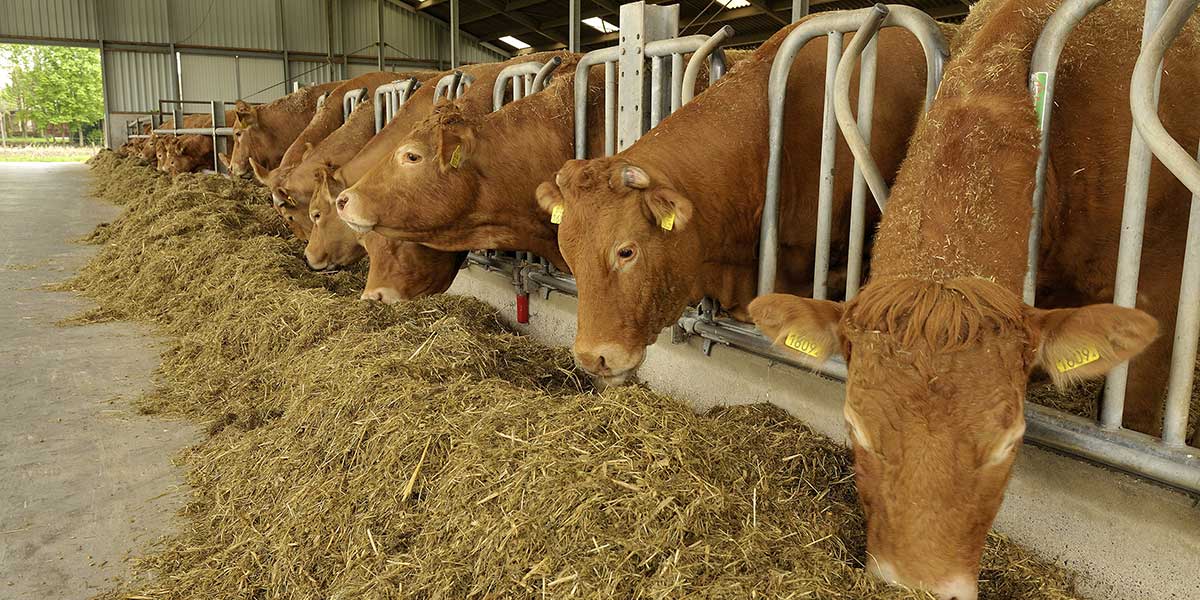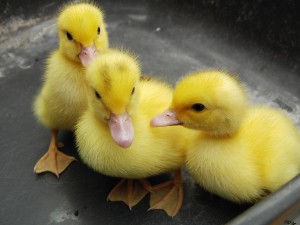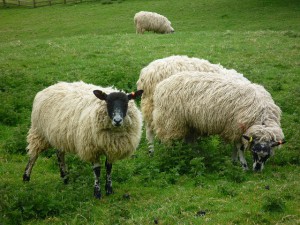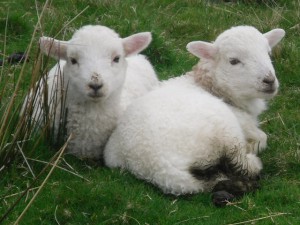Farming and agriculture are the backbone of our country, without farms we’d starve. However, many myths and urban legends swirl around this hard-working bedrock industry. In honor of the farmers in New York, and around the US we’re helping to set the record straight by disproving ten of the most popular myths about farming.
#10 – All farms are large corporate industrial farms
Completely untrue! 97 percent of all farms are family owned and run, and some have even been passed down from older generations. Don’t let the names of some fool you. Just because a farm has an “inc.” on the end of their name doesn’t mean they’re a corporate farm.
#9 – Farmers don’t care about their animals
When someone claims that farmers do not care about their animals they couldn’t be further from the truth. Farmers do what the animal needs, when they need it to make sure that the animal is taken care of. From staying up all night birthing calves on Christmas Eve into Christmas Day (yes, this happens), to going out in sub-zero temperatures in the middle of the night to make sure their water isn’t frozen and they can get to their food, farmers do it all. For farmers, their animals are just another extended part of their family.
#8 – Farmers don’t care about their damage to the environment
Honestly, farming is one of the greenest professions out there these days. With advancements in technology growing exponentially daily, farmers are able to use less fertilizers and chemicals, while producing more product. Additionally, the land that the farmer uses is their greatest resource, it feeds their animals, and nurtures the plants they grow, why would they want to sully that?
#7 – Small farms don’t matter, and are eaten up by larger farms
You know how earlier I said that 97% of farms are family owned? Well, a good portion of that percentage is small farms. Small farms are what allow people to get locally produced food and able to know the farmer that helped raise their meal.
#6 – Farmers are uneducated
This myth is a doozy, and I can’t stand it! The truth of the matter, not only does the farmer have to know how to farm, they must also be mechanics, weathermen, vets, and a business owner. The days of using old farm wisdom passed down by family members is long gone. Times have changed and so have the duties and knowledge necessary to be a farmer.
#5 – Farmers are rich
Farmers don’t farm for the money, they do it for the love of the job. I’m not saying that there aren’t rich farmers out there, but a few does not make up the whole. Farmers farm because they love the lifestyle, they know it’s one of the backbone industries of our country, or they do it for the love of farming. Whatever their reason is, be sure it isn’t for the money.
#4 – There’s no future in agriculture
Completely untrue. One of the highest growing industries is actually farming. Not only are the numbers growing in agriculture related degrees, the number of young farmers is growing consistently.
#3 – Farmers line their pockets from the cost of food
Many people believe that food prices are driven by what the farmer wants to charge the stores so that they make as much money possible. However, only 15 cents goes to the farmer. The rest goes to paying things such as transportation, labor, processing, and other business costs. Unfortunately, many of the direct and indirect costs that farmers face, such as insurance and feed for the animals, are not as easily covered. Additionally, these costs are even harder to deal with when there’s a drought, hail, hurricane, flooding or any other sort of natural disaster that wipes out the crop, the farmer can lose most of their year’s income but still have to deal with the costs.
#2 – Food costs too much
In some parts of the world, this is absolutely true. It not only costs too much but is unavailable to many people. But in the United States, we have one of the most abundant and affordable food supplies in the world. In a recent study, food costs were shown to make up about 7% of our income. In Japan, it’s 14%; China, 21%; and India was 51%.
#1 – Our food is unsafe
Sometimes we get overwhelmed by the headlines that a commodity or a producer is having problems. Thus, the reason these stories are called news, because it is outside the realm of normal. The truth is, the food industries has some of the strictest standards and regulations of any industry. For example, before a cow can be cleared for slaughter, the slaughterhouse must test to make sure that any antibiotics or hormones have completely passed through their system. In fact, many other foods contain higher levels of hormones that are astronomically higher than that found in dairy and meat products.
So I hope this helps dispelled some myths about farming for you. So, next time, you want to pick up some great produce at a local store, remember to thank your farmers!
Sources:
http://wsm.wsu.edu/researcher/WSMaug11_billions.pdf
http://www.realfarmersrealfood.com/
http://www.fda.gov/animalveterinary/safetyhealth/productsafetyinformation/ucm055436.htm
http://www.usda.gov/documents/FARM_FAMILY_INCOME.pdf
http://findourcommonground.com/food-facts/corporate-farms/









